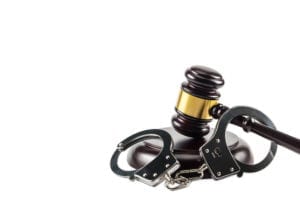 The majority continued in relevant part: The Court relies on its supervisory powers to require, further, that when it is not feasible to make an electronic recording of an identification procedure, law enforcement officers must document the reasons for not having done so. The same requirement applies when officers cannot prepare a contemporaneous, verbatim written account. The Court asks the Criminal Practice Committee to revise Rule 3:11 consistent with the above principles.
The majority continued in relevant part: The Court relies on its supervisory powers to require, further, that when it is not feasible to make an electronic recording of an identification procedure, law enforcement officers must document the reasons for not having done so. The same requirement applies when officers cannot prepare a contemporaneous, verbatim written account. The Court asks the Criminal Practice Committee to revise Rule 3:11 consistent with the above principles.
Henderson outlined the legal standard for when courts should hold pretrial hearings. Under that standard, proof that an administrator offered positive feedback to a witness after an identification would justify a hearing. Defendants need a full record of the identification procedure to gather possible evidence of suggestiveness. The failure to provide that information should not deprive defendants of the opportunity to probe about suggestive behavior that may have tainted an identification. To address that situation, the Court modifies the Henderson framework in this way: a defendant will be entitled to a pretrial hearing on the admissibility of identification evidence if Delgado and Rule 3:11 are not followed and no electronic or contemporaneous, verbatim written recording of the identification procedure is prepared. In such cases, defendants will not need to offer proof of suggestive behavior tied to a system variable to get a pretrial hearing. This approach supplements the other remedies listed in Rule 3:11(d). At the hearing, counsel will be free to explore the full range of variables discussed in Henderson, as they can in the ordinary course. 208 N.J. at 288-93. The Court does not suggest that a hearing would be appropriate in all cases and explains when a hearing might not be needed.
The Identification Charge includes the following language on pre-identification instructions: “If you find that the police [did/did not] give this instruction to the witness, you may take this factor into account when evaluating the identification evidence.” Similar language can be used to instruct a jury about the failure to preserve an identification procedure.
Again, there is a lack of a firm remedy that is necessary in order to compel law enforcement to follow the procedures required to produce a fair identification and avoid the leading cause of wrongful convictions. This opinion does little to protect the accused since it does not mandate suppression in cases where basic identification procedures are not followed.
